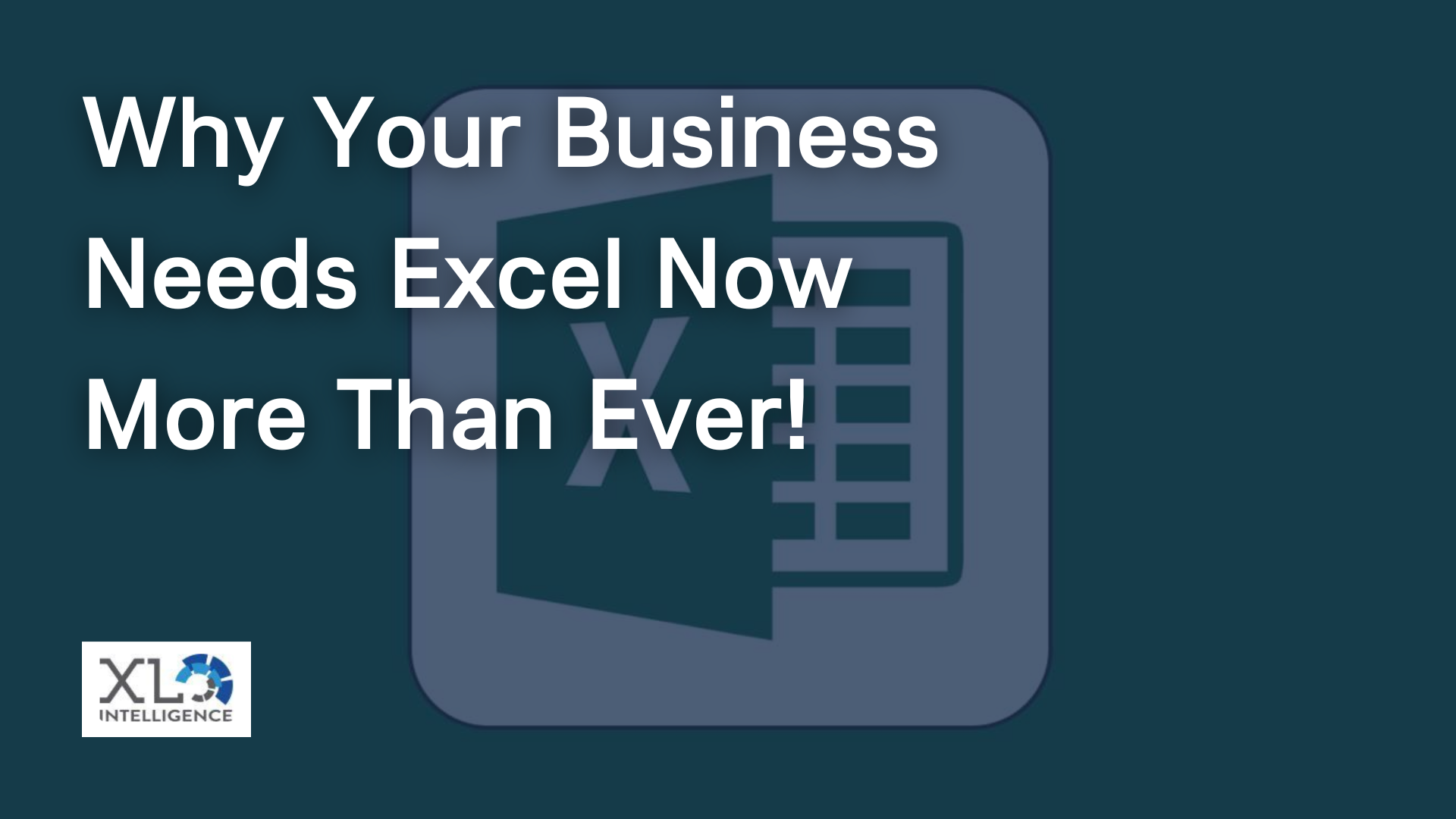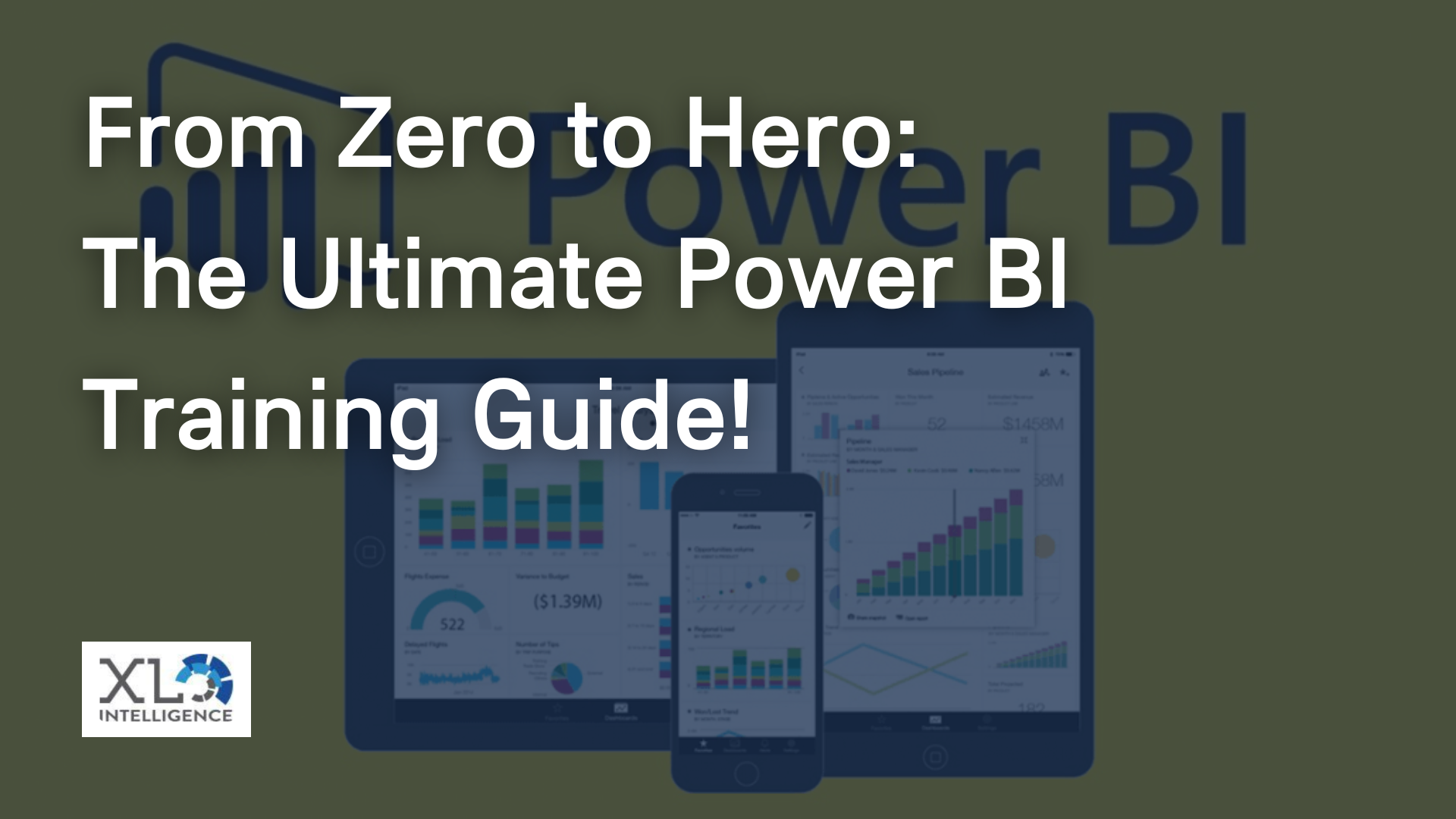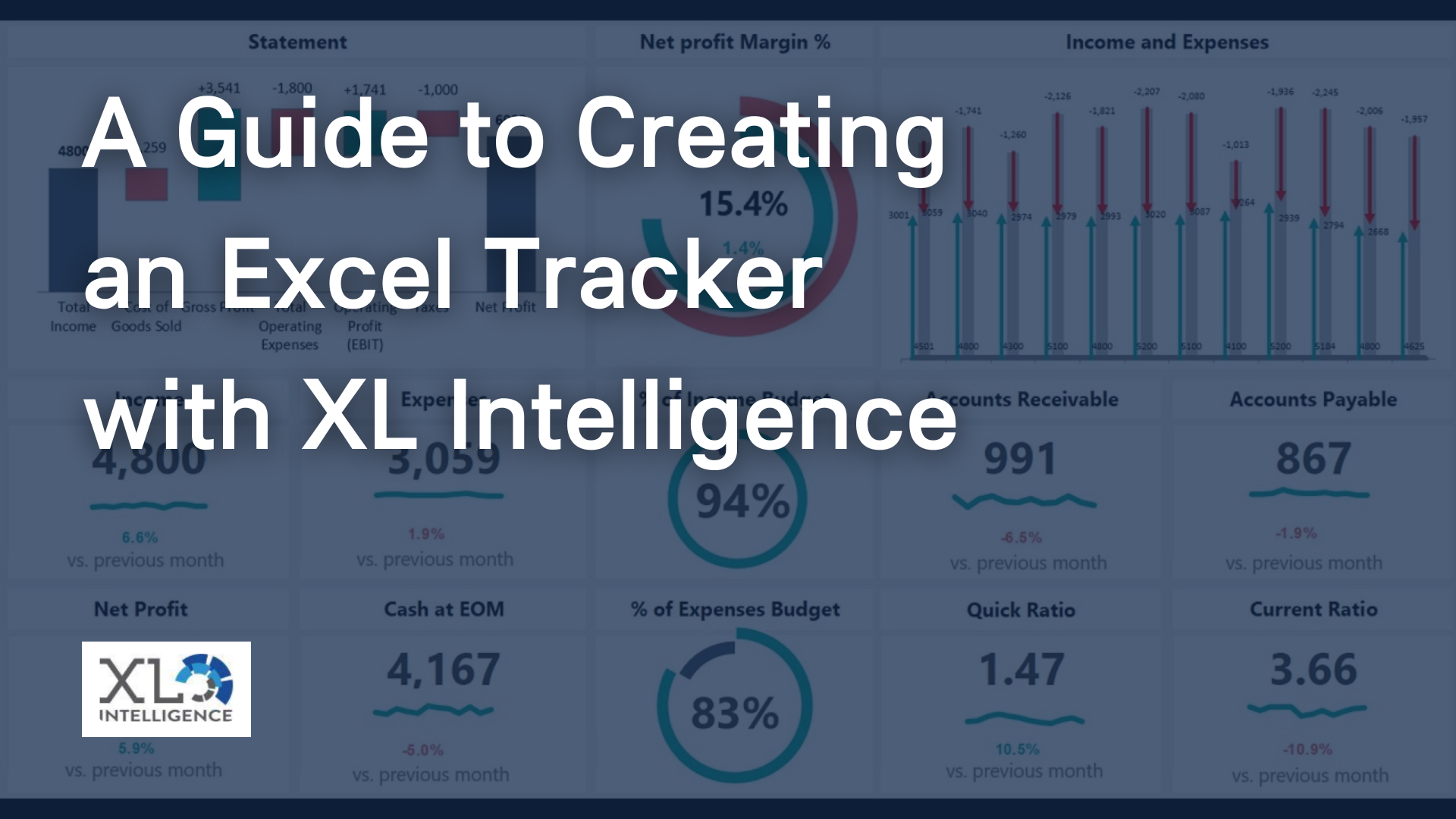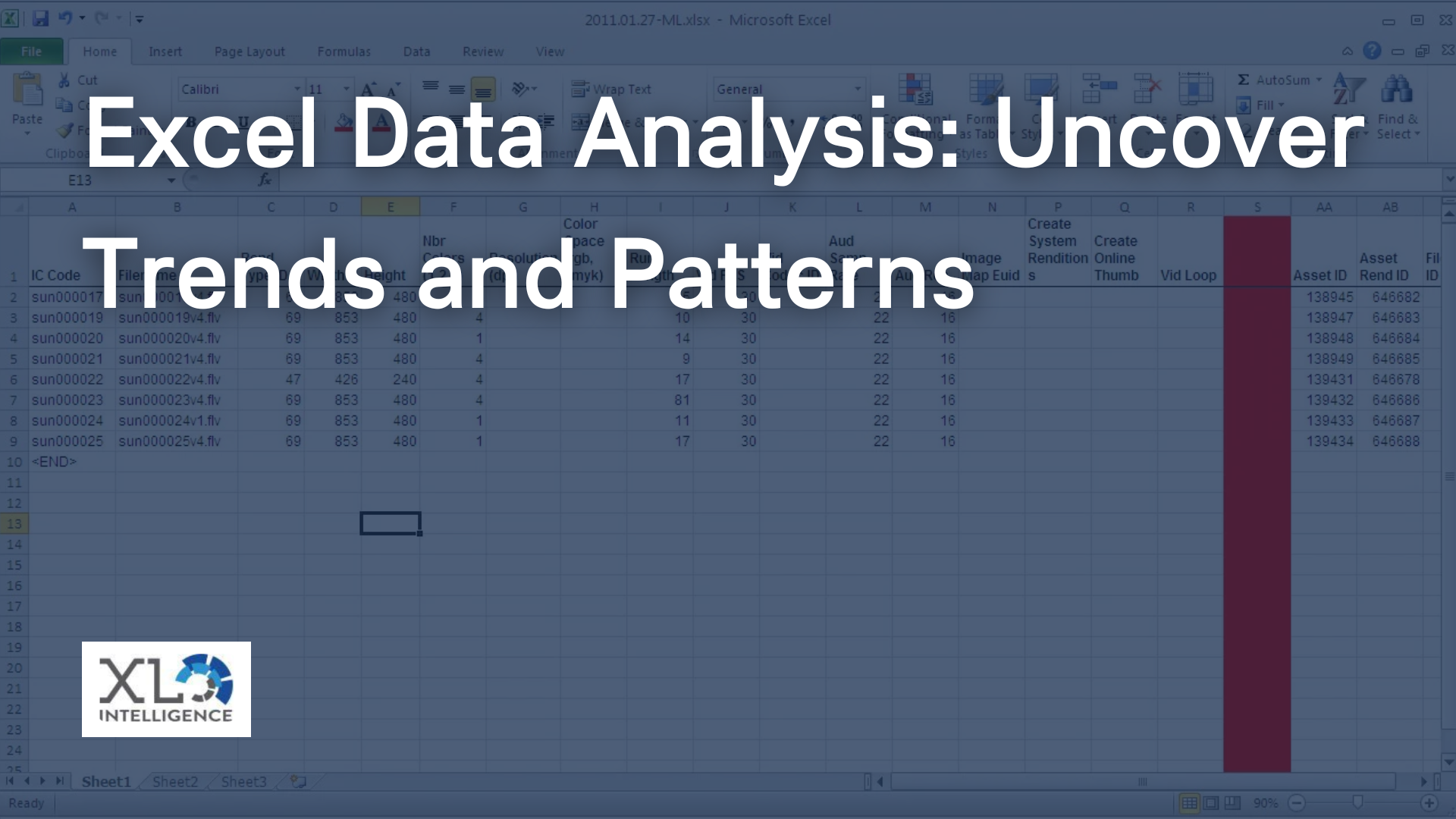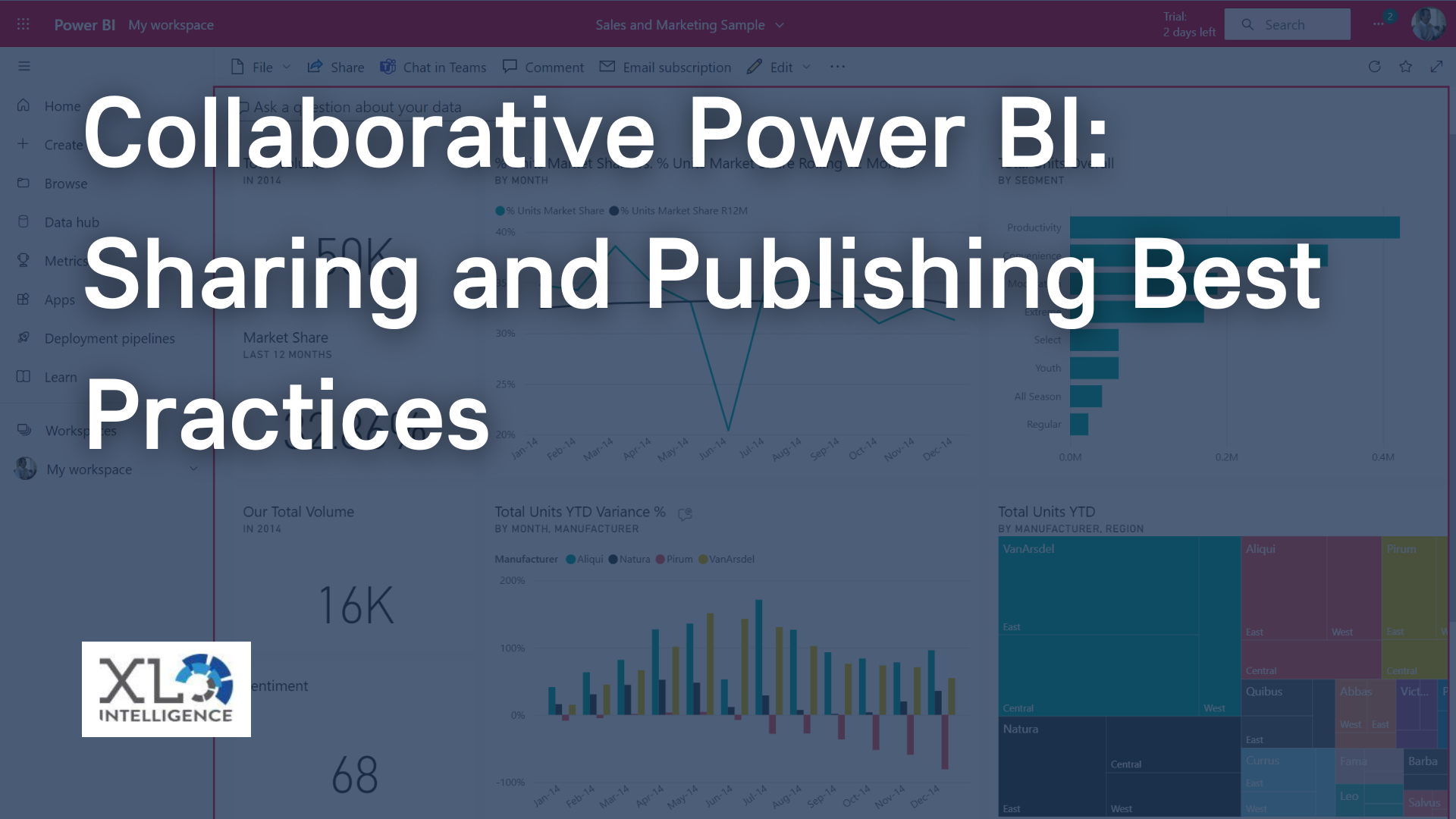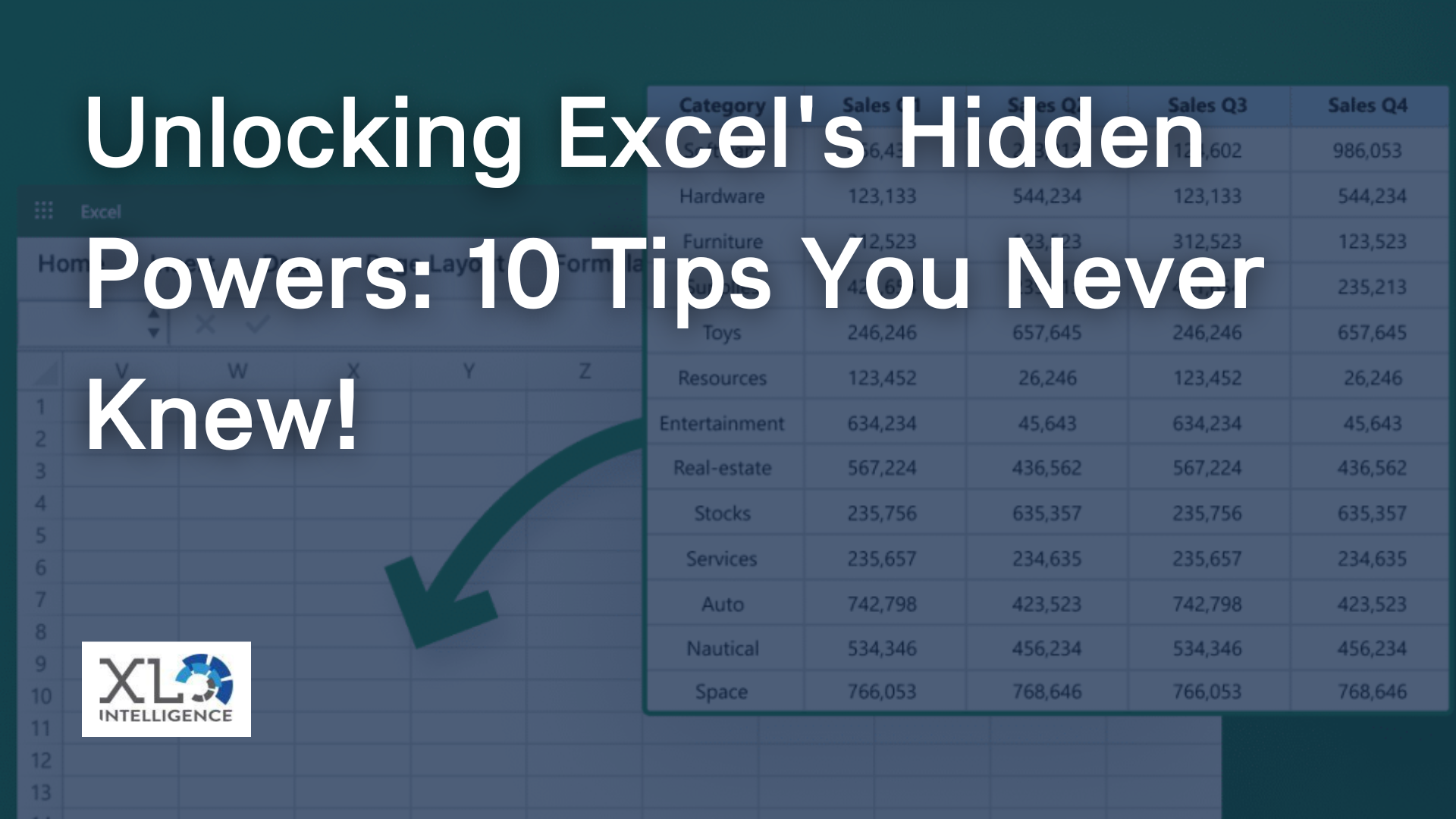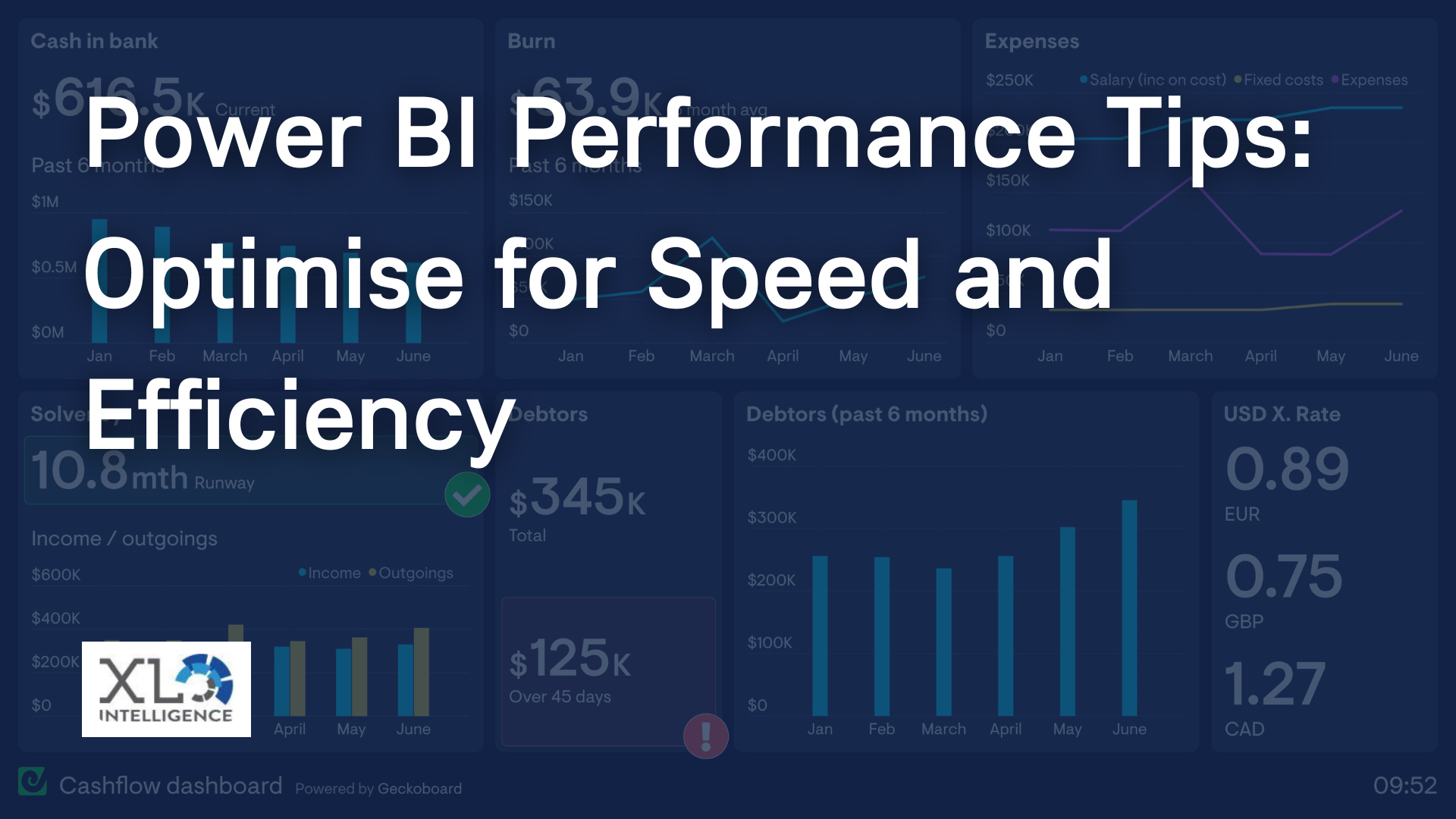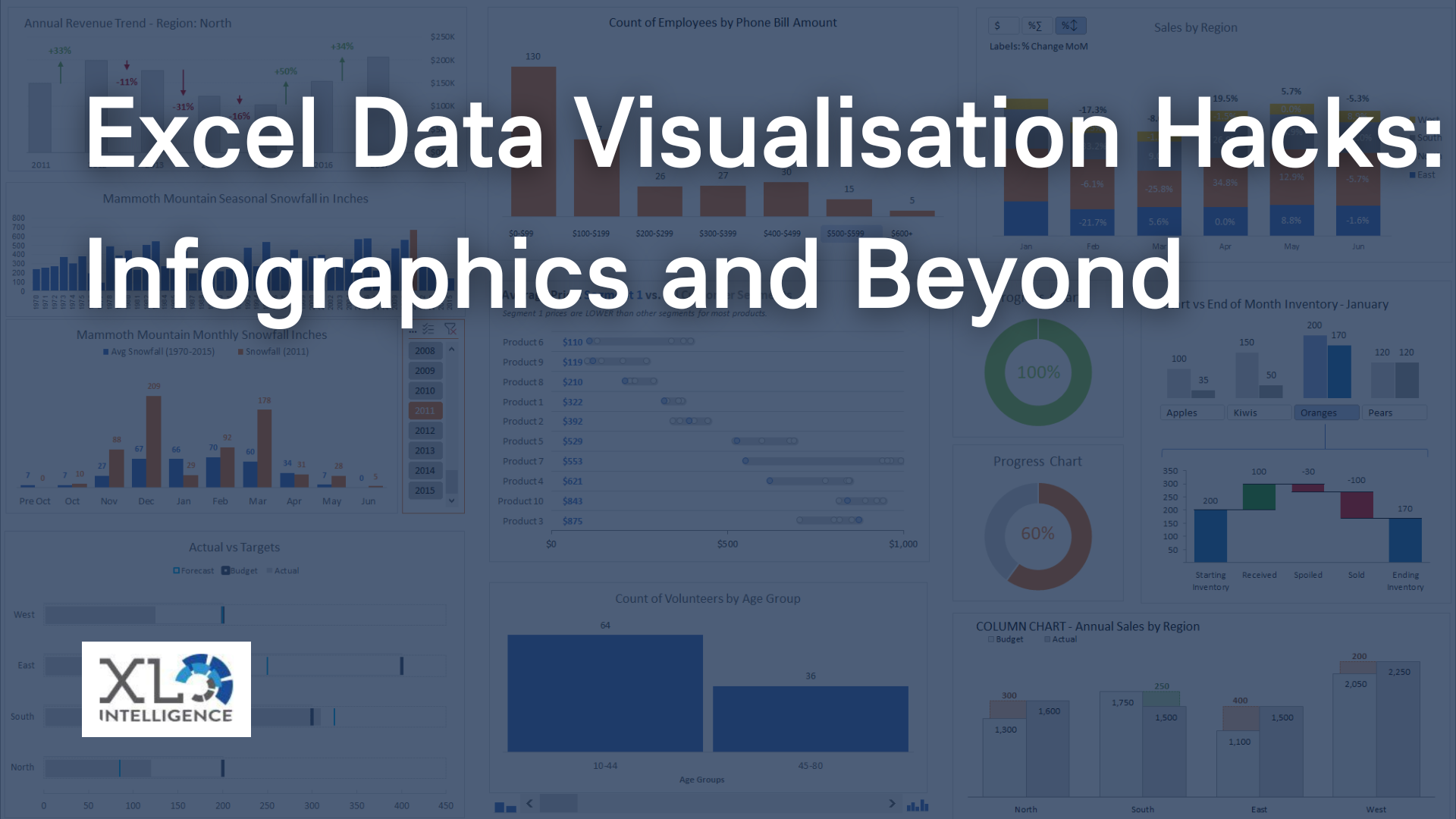Excel VBA
Microsoft Excel is a benchmark industry tool for financial planning, data entry and budgeting. Using some powerful features and functions, you can analyse and gain insights from your data. Having said that, many of the tasks in Excel are tedious and complex. Creating reports in Microsoft Excel is a task that is entrusted to many people working in a business, and many have to do it manually. There is nothing worse than having to spend hours editing and updating large amounts of data, particularly in multiple datasets. Plus, who can guarantee that same data is going to be 100% accurate across all reports that are generated as a result?
This is why learning VBA might be the answer that you need.
VBA (which stands for Visual Basic for Applications) is the programming language across all Microsoft programs. This code helps to customise the Excel experience for users, which is just one of its key benefits. By having essential Excel VBA skills in your repertoire, your approach to manual and repetitive tasks in Excel will be entirely different. We’ve taken the time to outline many of the benefits of learning VBA in Excel to give you some added perspective on the program.
Benefits of VBA
- Automate tasks in Excel – the most obvious advantage of VBA code is how you can automate Excel tasks and processes. Automating a task using VBA is one of the key features of Excel automation, which is used to eliminate the repetitive processes and replace them with visual controls and macros. Almost all of Excel’s manual operations can be automated using VBA, meaning you don’t have to manually complete those arduous, time-consuming tasks. By learning VBA, you can learn how to make Excel work in ways that benefit you and your organisation as a whole. What’s more, automating tasks that affect other users in your office can make life significantly easier for them, and they’ll have you to thank!
- Elimination of errors – VBA macros can be run to complete the same tasks with 100% accuracy. Generating emails using Excel data, manipulating data in a spreadsheet, creating summaries are just a few examples of tasks that can be automated using VBA in Excel. All of the tasks will be executed in the same way based on the code that’s been written. With essential VBA skills, you can create procedures that ensure Excel performs these types of tasks automatically and without any errors.
- Time-saving measure – while understanding VBA can also reduce errors, naturally this can save users time in the long run. One of the key advantages of Excel automation as a whole is that it can save people many hours manually completing tasks. Creating Excel reports one after another, cleaning data, and exporting Excel charts to PowerPoint can all feel repetitive if done manually. Not only that, but some users need to use Excel, but just aren’t experienced with the program. Automating Excel tasks not only eliminates mistakes but saves time with all of these procedures. Why spend time explaining procedures to others when a macro can perform the same task automatically, in seconds?
- No programming experience required – first impressions of VBA code can be daunting to some inexperienced programmers, or indeed anybody who hasn’t coded in it before. VBA is an entirely unique programming language, specifically related to Microsoft products, and prior knowledge of other coding languages isn’t necessary if you want to learn how to use VBA. It does help, however, to have a good understanding of Microsoft Excel and its possibilities in order to gain some added perspective of the programming language functions. For example, what an ‘object’ is in VBA, and how these are impacted by ‘properties’. You can quickly get to grips with the glossary of these terms the more you use it. Learning VBA isn’t as difficult as it may seem at all.
- Interaction between Microsoft Apps – one of the other advantages of VBA programming is that you can interact with two or more Microsoft Office applications at one time, and subsequently modify the content in one application (based on another). For example, if you need to export Excel data to Word, VBA code allows Excel and Word to interact with one another.
Excel VBA Training
XL Intelligence is a company that provides Excel training courses and Excel consultancy services. We teach you the fundamental skills you need to understand VBA and Excel automation, from recording macros right through to code that can manipulate Excel objects and drive custom forms. This course is designed for Excel users who want to learn how to automate features in Excel and potentially develop programs using VBA.
In addition to Excel courses, we specialise in Power BI training as well, offering courses on data visualisation, DAX and data modelling.
If you need any assistance or further information about our VBA training course, please get in touch with XL Intelligence today.


